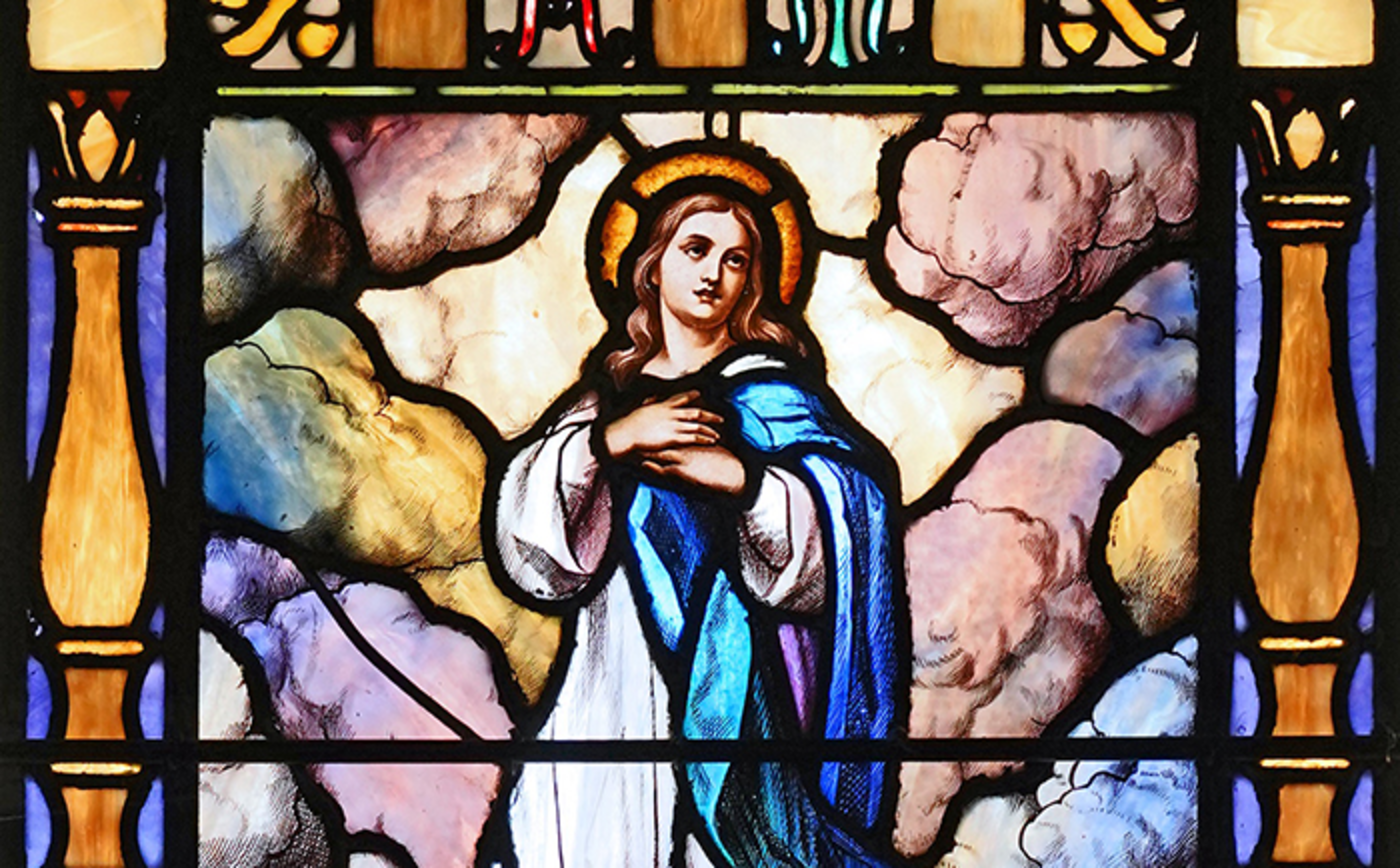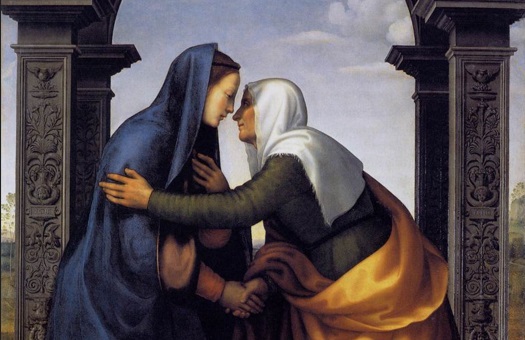
A SIGN OF SURE HOPE AND COMFORT

The liturgical tradition does not have a ceremony for every scenario of loss but it does offer a rich ritual repertoire from which we can draw inspiration and hope. On this Seeds of Faith blog, I am exploring how the liturgical year can help us to ritually recognize, hold, and welcome the grief of those among us.
A few years ago, I asked my doctor about a spot on my skin and after examining the mark he said it was “chronological accumulation of environmental exposure.” He got away with saying this only because he has been exposed longer than I have. Some of the earliest signs of aging appear on our skin. The beauty aisle of any drug store presents a dizzying array of lotions and potions aimed at combatting these indications. After the skin, for many of us the hair loses pigment, for others the head loses the hair. The same doctor also said that “at my age,” what would kill me are the illnesses that run in the family and pop up around middle age. On top of all this, as someone both quite active and quite clumsy, I’ve also found that it takes much longer to heal and recover from the strains and sprains I suffer from my adventurous pursuits and daily mishaps.
Pope Francis, in his Wednesday address, just completed a series on the catechesis of old age. In the final segment of the series, he spoke about our time on earth as an “initiation” so that even in these years of physical decline, we are merely at the threshold of life in God and our mortal existence begins and ends in imperfection. The Preface for the Mass on the Assumption of the Blessed Virgin reminds us that this event in salvation history was “the beginning and image of your Church’s coming to perfection and a sign of sure hope and comfort to your pilgrim people.” Our salvation began with the Incarnation, which included Mary’s important role in the work of redemption. The humble body that brought forth the “Author of all life” would not see corruption but be taken up into glory as she left this life and entered eternity! What now of our humble bodies?
With this blessed feast of the Assumption–body and soul–of the Mother of God, we receive a foretaste of our own bodily resurrection at the end of time. Christians have always believed in the resurrection of the body. As St. Paul wrote “For if the dead are not raised, then Christ has not been raised either. And if Christ has not been raised, your faith is futile; you are still in your sins.” (1 Cor. 15.16-17). The materiality of the human person is important. We worry about and strive to stave off the deterioration of our bodies, but this feast shows us that they were created for more and are destined for restoration beyond the suffering, decline, and decay in this life. St. Paul also demonstrated that the perishable, dishonourable, and weak body that is sown on this earth, will be raised imperishable, in glory, and in power! The natural body will be raised a spiritual body (1 Cor. 15.42-44).
It is fitting that the Gospel reading for the Solemnity of the Assumption of the Blessed Virgin Mary is once again the Canticle of Mary, also known as the Magnificat (Luke 1:46-55):
My soul proclaims the greatness of the Lord,
my spirit rejoices in God my Savior,
for He has looked with favor on His lowly servant.
From this day all generations will call me blessed,
the Almighty has done great things for me,
and holy is His Name.
He has mercy on those who fear Him
in every generation.
He has shown the strength of his arm,
He has scattered the proud in their conceit.
He has cast down the mighty from their thrones,
and has lifted up the lowly.
He has filled the hungry with good things,
and the rich He has sent away empty.
He has come to the help of His servant Israel
for He has remembered his promise of mercy,
the promise He made to our fathers,
to Abraham and his children for ever.
From the glory of her assumption, Mary continues to proclaim God’s greatness and rejoice in the Saviour. She was a lowly maiden but the Lord elevated her so that now, we call her blessed. By her intercession we can recognize God and his holy name and our hearts can long for the Lord. Moreover, this song recounts the ways in which the Lord has transformed the plight of the humble, the weak, and the suffering. Mary too was lowly but, in her faithfulness, she was exalted. The canticle assures us that God’s promise of mercy is eternal and so it remains for us. As we face the inevitable changes in our bodies, whether through aging, infirmity, or accident, we can look to the Blessed Virgin Mary for hope that at the end of time, our own bodies will be restored and we can offer this prayer as a “sign of sure hope and comfort” that God hears us.
Simone Brosig is an educator, author, and liturgy consultant with a PhD in Medieval Studies and a MA in Pastoral Liturgy from the University of Notre Dame. She writes and teaches about living the liturgy. Simone is a near-native Calgarian, who enjoys spending her free time “forest bathing” in the Rockies and learning languages. Simone’s new book, Holy Labours: A Spiritual Calendar of Everyday Work, can be found here.
